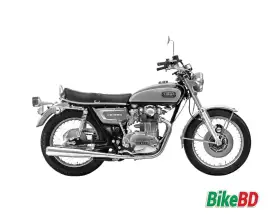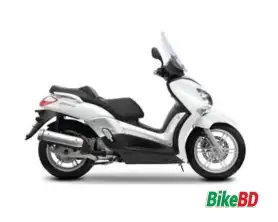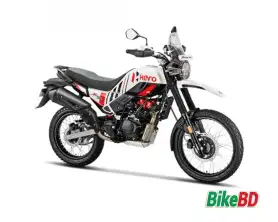Motorcycle Engine Oil Basics
This page was last updated on 12-Jan-2025 08:59pm , By Arif Raihan Opu
No vehicle engine is not activated without petroleum. The motorcycle engine is not different from this general method. Motorcycle engines use one kind of petroleum named  Motorcycle engine oil for activated motorcycles (Source). Motorcycle engine Oils are a range of lubricants, including engine oils, which are specifically developed and marketed for use in the internal combustion engines and transmissions of motorcycles and may also be recommended for use in vehicles utilizing drive-trains similar to those of motorcycles, such as quad-bikes.
Also Read: Motul Chain Cleaner Price In Bangladesh
Motorcycle Engine Oil Basics
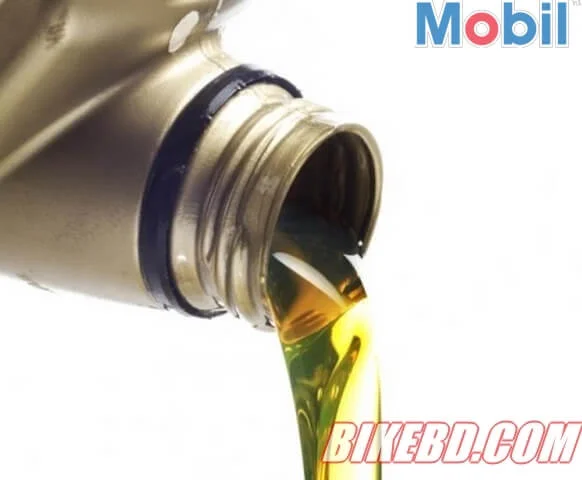

The vast majority of modern motorcycles use the same Motorcycle engine oil to lubricate the engine, transmission, and the clutch. Normal, "car-derived" motor oils are designed just for engines but were historically suitable in motorcycles. However, some of the latest American Petroleum Institute, or API specifications are claimed to be completely unsuitable for motorcycles with wet clutches, although reports of clutch slippage may be exaggerated.
Also Read: Suzuki Gixxer Feature & Updates

Representative organizations of motorcycle manufacturers, particularly the Japanese Automotive Standards Organization, or JASO, work with Motorcycle engine oil manufacturers to create "motorcycle-specific" standards for oils. The relevant oil companies then develop and test automotive oils for motorcycle use.
Also Read: Motul 3000 4T 20w40 Price In Bangladesh
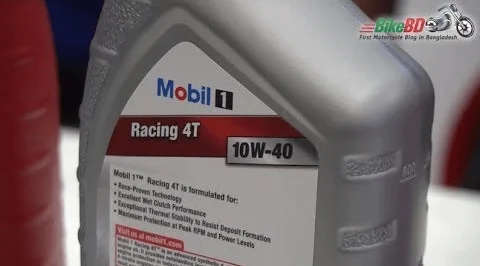
Also Read: Havoline Super 4T 10W40 Price In Bangladesh
In return, they have two different products with the same chemical content. Motorcycle transmissions, just like all gear-based automotive transmissions can quickly degrade a multi-viscosity or multi-grade engine oil. Conventional car and truck transmission oils have specific EP, and other specialized anti-wear additives, but these EP additives are not suitable for the combined application of lubricating the engine and transmission with the same engine oil, as is the norm in motorcycles. Multi-viscosity oils contain viscosity improver chemicals known as VIs that keep the oil from becoming too thin at high temperatures.
Also Read: Omera 20w40 Motorcycle Engine Oil Test Review
_x000D_ The VIs is large chemicals that tend to shear between the cogs of a motorcycle transmission. That can have the effect of reducing a 10W-40 Motorcycle engine oil to a 10W-30 in a relatively short number of miles. One solution to shearing is to use single weight oils, which do not have VIs and are not susceptible to degradation in the transmission. However, single weight oils do not flow well in cold conditions, reducing overall lubrication until the oil has warmed up.
Mobil 1 Engine Oil In Dhaka Bike Show 2018
An alternative is to use synthetic oil. Synthetic oil are designed to have good cold-flow properties yet maintain high viscosity with fewer VIs. Energy Conserving (EC) Motorcycle engine oil can cause wet clutches to slip. Many motorcycles have a wet clutch, where the clutch plates are immersed in oil. Some oils make the friction plates in the clutch slippery so that the clutch does not engage properly when shifting gears or the clutch slips when the engine exceeds a certain torque level.
Also Read: Motul 3100 Gold 20w50 Price In BD- BikeBD
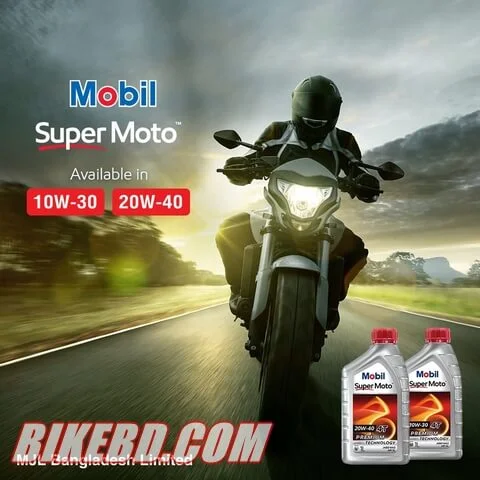
Also Read: Castrol Activ 4T 20W50 Price In Bangladesh
Some oils contain friction-reducing chemicals. Properly specified motorcycle oil will still allow for the appropriate lubrication and cooling of a motorcycle clutch, whilst maintaining 100% of the drive to be transmitted by the clutch, even under arduous operating conditions. One element of the JASO-MA standard is a friction test designed to determine suitability for wet clutch usage. An oil that meets JASO-MA is considered appropriate for wet clutch operations. Oils marketed as Motorcycle engine oil-specific will carry the JASO-MA label.
Hope this Motorcycle Engine oil article will help you to choose the right & best engine oil for you'r Motorcycle.








